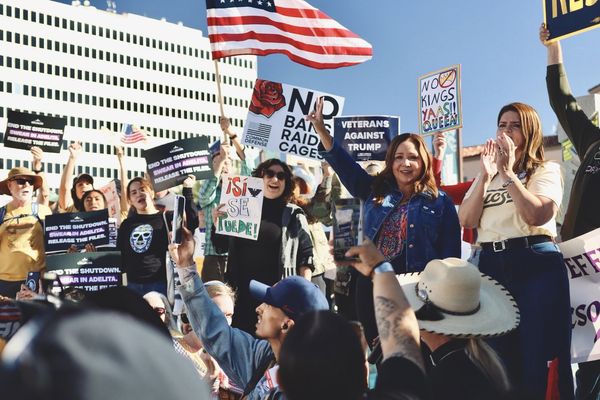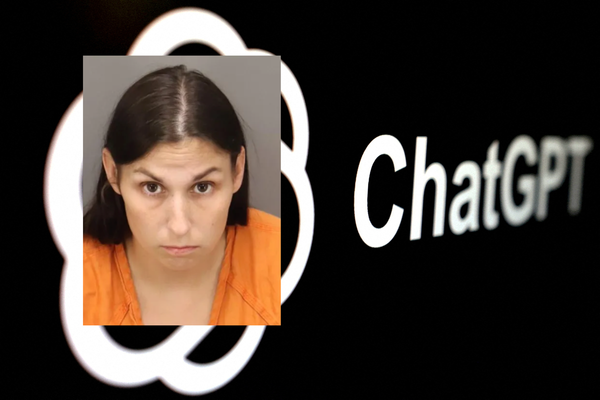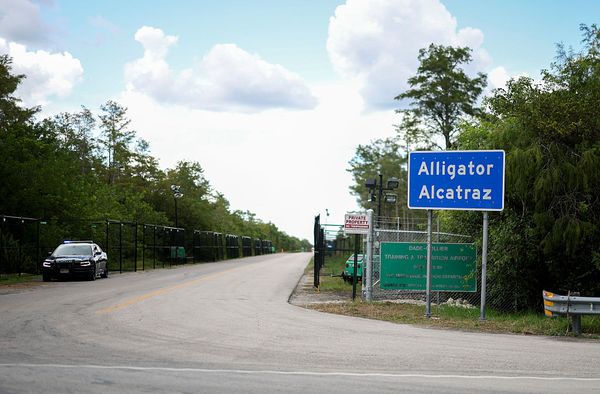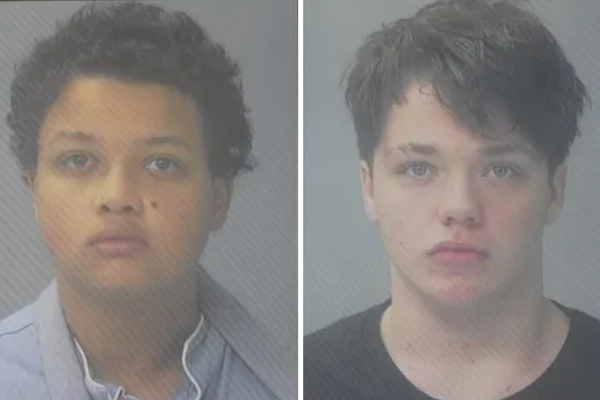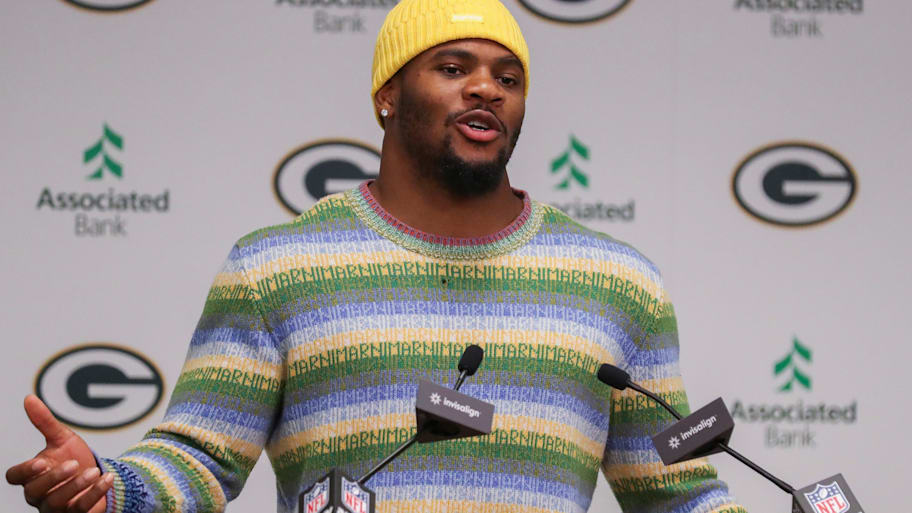
As the NFL season kicks off, the business of the NFL, which has been front and center for the past seven months, now takes a back seat to the games. I remember every year, when working with the Packers, taking a deep exhale upon the opening kickoff, as the team was now in the hands of the coaches and players, not the front office.
Before the on-field portion of the year begins, there were some final off-field moves, including a blockbuster trade involving my former team that was wildly out of character for them. Let’s examine.
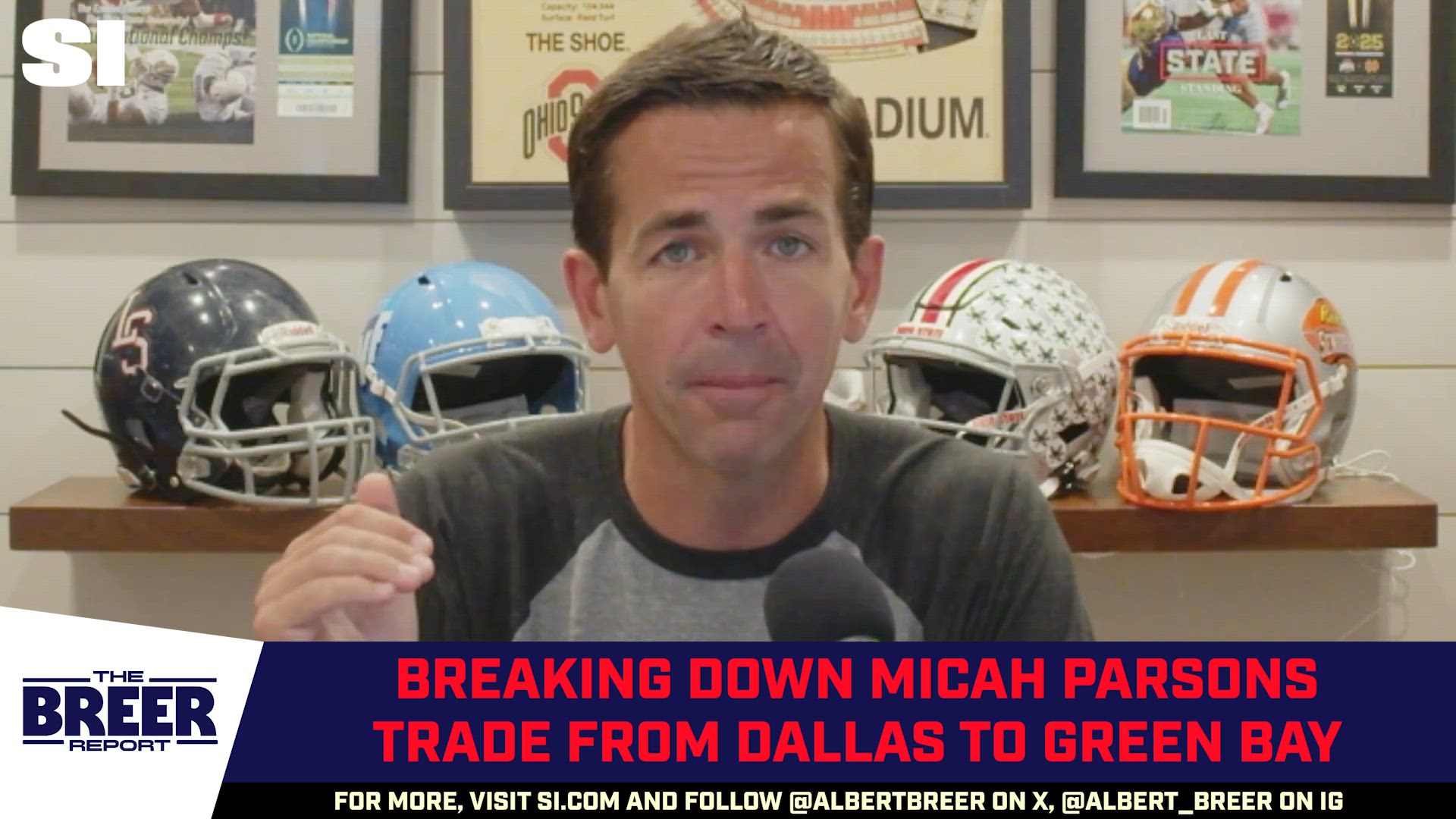
Wrong about Micah Parsons trade
I was totally wrong here. I told anyone who asked, and many people did, that Micah Parsons would not be traded, and even if he were, it would definitely not be to the Packers.
Let’s start with the Cowboys. I thought whatever friction had built up between Jerry Jones and Parsons (and his agent, David Mulugheta) could be smoothed over by a massive new contract, much in the way that Myles Garrett’s wanting out of Cleveland earlier this offseason was mollified with a mega-deal. But I completely underestimated the amount of enmity and lack of trust between the two sides.
Jones openly admitted that he employed a tactic with Parsons that, while common among NFL general managers and owners in the past, is outdated and archaic in NFL business today (not to mention against the NFL-NFLPA rules on requiring agents to negotiate contracts with teams). I call the practice “hotboxing”: getting the player alone in a room without the agent and talking him into a deal, which Jones certainly believed was done here.
Of course, whether Parsons “agreed” to a deal or not, this is not how things are done in 2025, and Parsons’s agent came out swinging, in Jones’s words, telling him to “stick the contract up our a--.” That, as it turned out, was the beginning of the end of Parsons’s time in Dallas.
As for the Packers, they have taken a few big swings in free agency with defensive stars such as Reggie White, Charles Woodson (whom I signed), Julius Peppers and others. But those were free-agent signings, where no draft choice compensation was required. As I know from my time there, they are loath to give up high draft choices, and much more likely to trade down for more picks than to trade up for fewer picks. But players like Parsons never become available, a four-time Pro Bowler in four seasons, at a premium position, and only 26 years old. This type of trade is a rarity, and the Packers pounced. They now reward a player that the Cowboys have drafted and developed.
The contract’s total value is $210 million over five years, a $42 million a year average, with a $47 million average—$188 million—for the four extension years. The true guarantee is $120 million, approximately equal to what Parsons is earning over the first three years. It is a powerful deal, very un-Packer-like, with three years fully guaranteed, but not without the fluff of non-guaranteed years. Parsons’s agent and I went back and forth a bit on X about that, with him claiming that the deal is “fluffless.” However, I am seeing $90 million of the $210 million as unsecured, which is certainly not the type of deal Mulugheta negotiated for Deshaun Watson.
As to who won the trade, that won’t be decided until these first-round draft picks have a couple of years to develop, so probably not until the end of the decade. But to expect one of those picks to develop into Parsons is not realistic.
I get the trade from both sides, and don’t think the Cowboys made out as poorly as some, especially considering the severed relationship, but Parsons is the clear star of this trade.
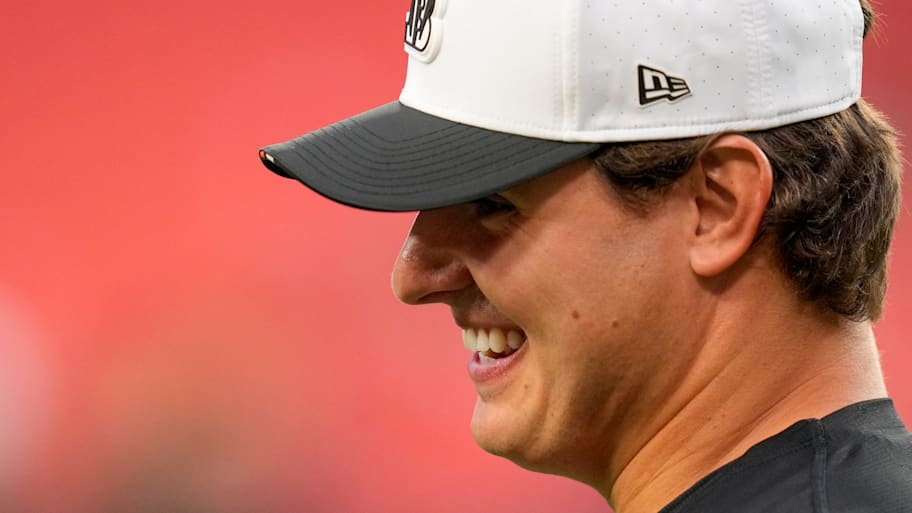
Deadlines spur action
You know my saying: Deadlines spur action. When the Commanders and the Bengals got the pesky business of the NFL preseason and roster cuts out of the way, it was time to resolve their contract disputes with “hold-in” players. Commanders general manager Adam Peters, in commenting on how Terry McLaurin’s deal came together, even said something about deadlines forcing action.
Both players had the same issue in negotiations: being 30 years old. Obviously, that is not old, but it is considered high wear and tear by NFL teams. Thus, both teams were trying to avoid paying out a lot of guaranteed money beyond 2025.
Despite reports of McLaurin’s deal at $96 million over three years, his real deal is about $45 million over two years, including a $30 million signing bonus. As for Hendrickson, there are no puffed-up numbers for next year and beyond, as there is no next year. The Bengals gave him a $14 million sweetener this season—taking him from $16 million to $30 million—but the contract ends. Instead of the Bengals adding nonguaranteed years, he will continue to be a free agent next season.
Something about deadlines.
Labor reduction on Labor Day
Last weekend was always the hardest one for me as an NFL team executive. Teams take rosters that started a month ago with 90 players and chop them down to 53 players. It is the coldest time of the year in a cold business, as the former agent in me would empathize with all the players being released. Some players would take their news better than others; I will never forget the ones that made me feel worse for cutting them than they did for being cut.
Out of close to 1,000 player cuts last week, how many of them—even to those who follow the game very closely—are surprises? Maybe five? Roster cuts expose the not-so-nice secret about NFL rosters: There are hundreds of players who got cut last week that had virtually no chance of being on the team, no matter what they did in training camp or preseason games.
Sure, dozens of these players will be back on the team on practice squads, but it always struck me that approaching Labor Day, the NFL workforce would be reduced by 20 to 25%.
NFL is celebrating Taylor Swift–Travis Kelce engagement
Beyond the fact that these two lovebirds have found their soulmates, there are NFL business implications, all good ones.
As I’ve said from the beginning of their courtship two years ago, this relationship has brought awareness of the product to scores of non-NFL fans, whether to get a glimpse of Taylor Swift at Chiefs’ games or to try to figure out what this “football thing” is all about.
Although Swift may be the last entertainer on Earth who needs more fans, there are NFL diehards who would never have listened to her before but have changed their tune—pardon the pun—since she started showing up at Chiefs games. Both the NFL and Swift have gained fans and goodwill since the romance began.
And now it will continue, till death do they part. The NFL is celebrating, and the Swifties are with them indefinitely.
This article was originally published on www.si.com as A Green and Gold Surprise, and the NFL’s Coldest Time of Year.
